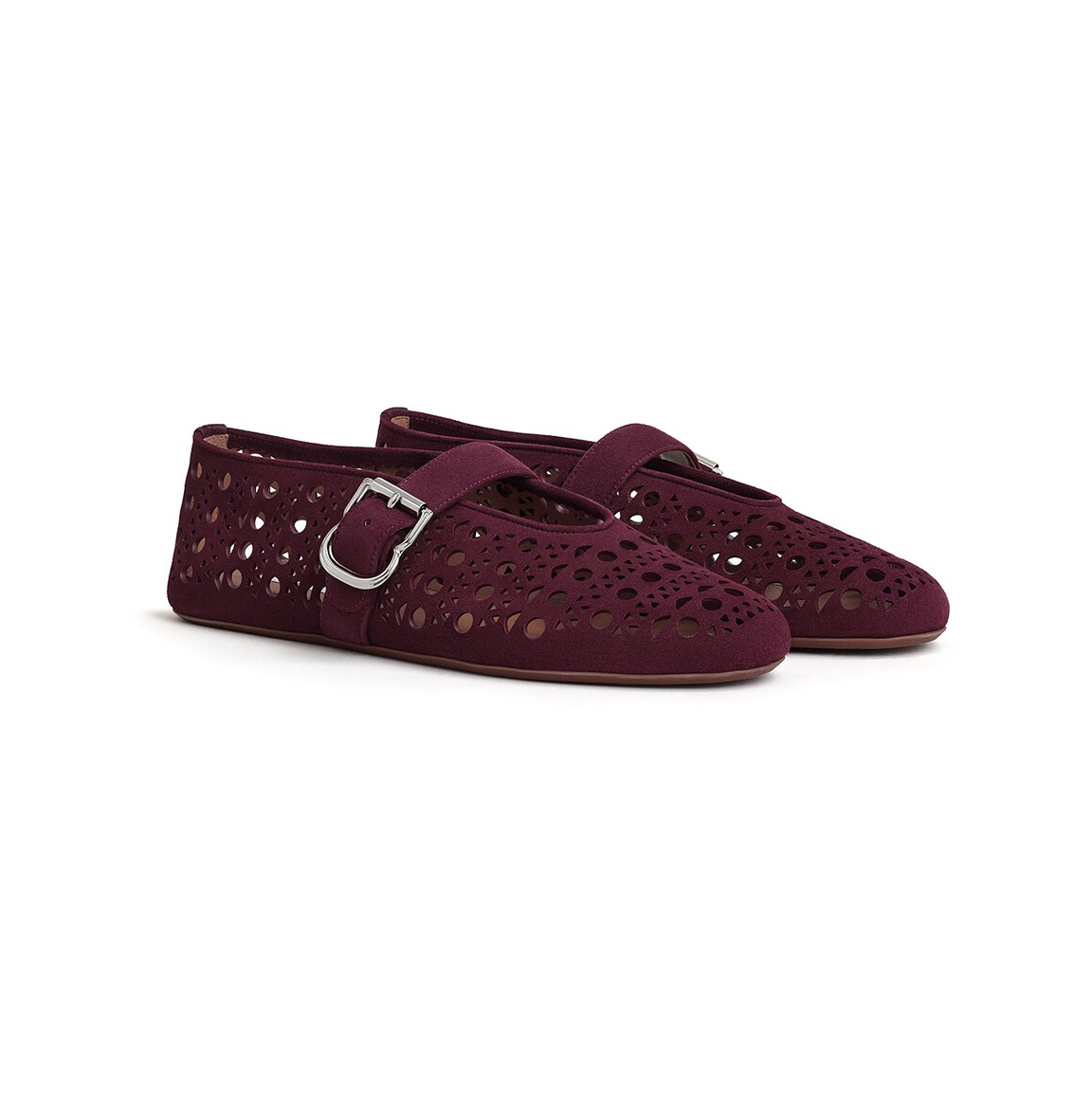After a five-month transformation, seminal farm-to-table restaurant Roganic Hong Kong has reopened in a new home with a refreshed look and new menu direction. British chef and founder Simon Rogan tells Stephenie Gee what’s changed, what hasn’t and what’s next
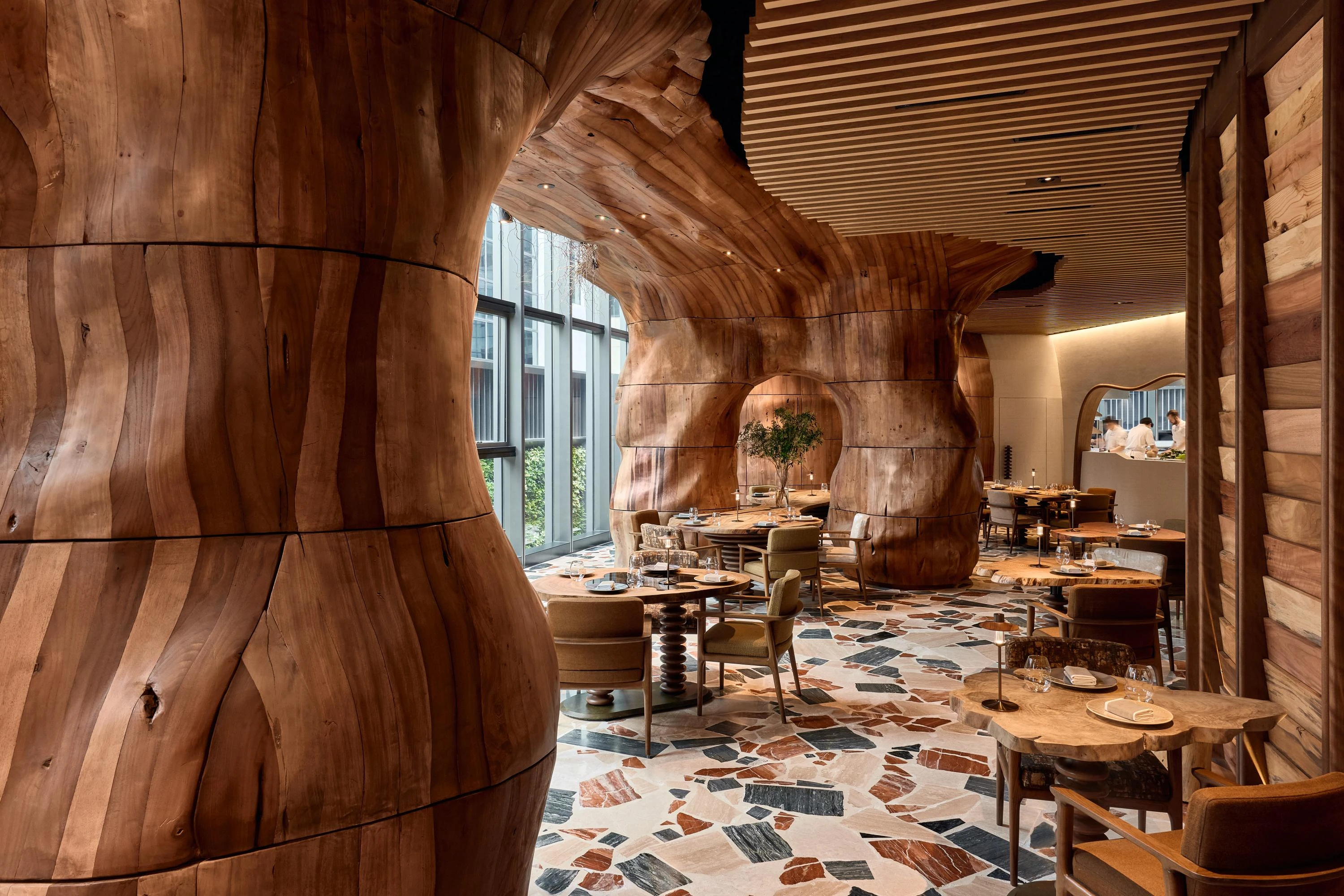
Simon Rogan may have nine Michelin stars – and two Michelin Green stars – to his name, but that’s not quite enough to keep him happy. Ever the innovator, the Southhampton-born chef is on a constant quest to push himself and his kitchen in a new direction, not just to stay ahead of the competition, but at a more fundamental level, to keep pursuing new challenges and milestones. This drive is encapsulated most in Roganic. Since its beginnings in 2011, the celebrated farm-to- table concept evolved from a cult London pop-up to a permanent fixture before making its Asia debut.
Opened in 2019 in the nondescript Sino Plaza in Causeway Bay, Roganic Hong Kong became an instant hit, raking up numerous honours including a Michelin star less than 10 months after opening and Hong Kong’s first Michelin Green star, consolidating the restaurant’s status as a beacon of gastronomic excellence, innovation and sustainable dining. But after five years, the space had become limiting for Rogan’s ambitions. While its first incarnation cemented Rogan firmly on Hong Kong’s gastronomic map, it was time for the next chapter.
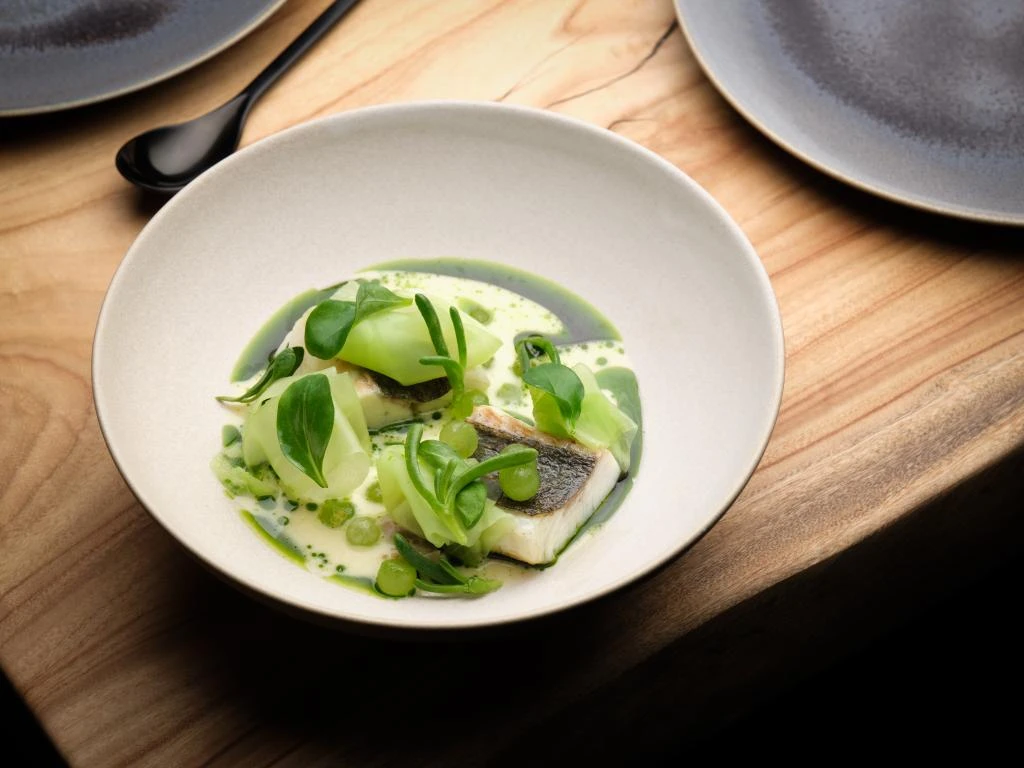
Following a five-month hiatus, Roganic has reopened in the nearby Lee Garden One, continuing its legacy of seasonal, sustainable and innovative modern British cuisine. Everything from the interiors to the menu and drinks programme has been overhauled. Rogan, together with a core team he brought over from the original restaurant, spent the last couple months researching for his new vision, perfecting recipes and moulding the new menu to exacting specifications. “The vision for the new Roganic was to do something completely new that’s never been seen before and to continue evolving as a restaurant, while upholding our commitments to sustainability. That goal has never wavered throughout the process,” Rogan says. “Moving towards the new Roganic Hong Kong was a decision we made with confidence, buoyed by the positive response from both our loyal customers and newcomers who have embraced our new approach. The overwhelming enthusiasm and support we’ve encountered have only fueled our excitement.”
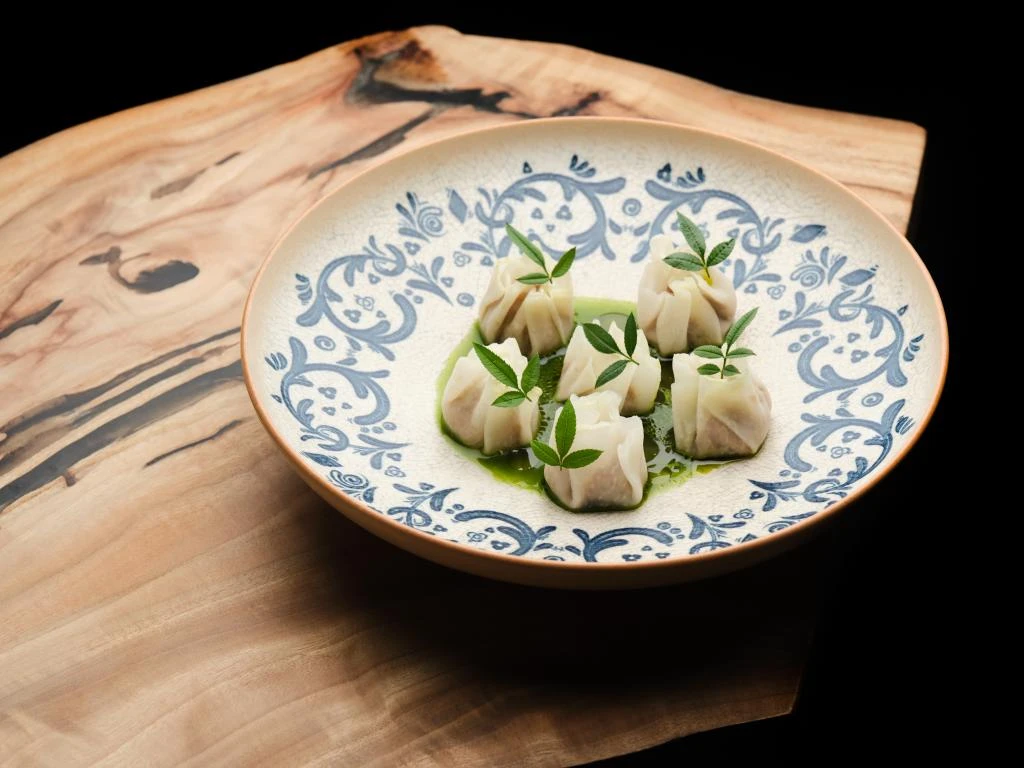
The process wasn’t without its own set of challenges, though. “As with every new opening, there are always challenges and the biggest one was adapting to our new menu style. It was something that we’d never done before, but under the leadership of executive chef Oli Marlow and head chef Adam Catterall, it was a smooth transition,” he says. “Our goal was to create dishes that not only showcase our chefs’ creativity and the exceptional quality of the ingredients that we use, but also those that would lend themselves to sharing. From portion sizes to presentation styles, each dish was thoughtfully crafted for the enjoyment of our guests, allowing them to engage comfortably in the shared dining experience.”
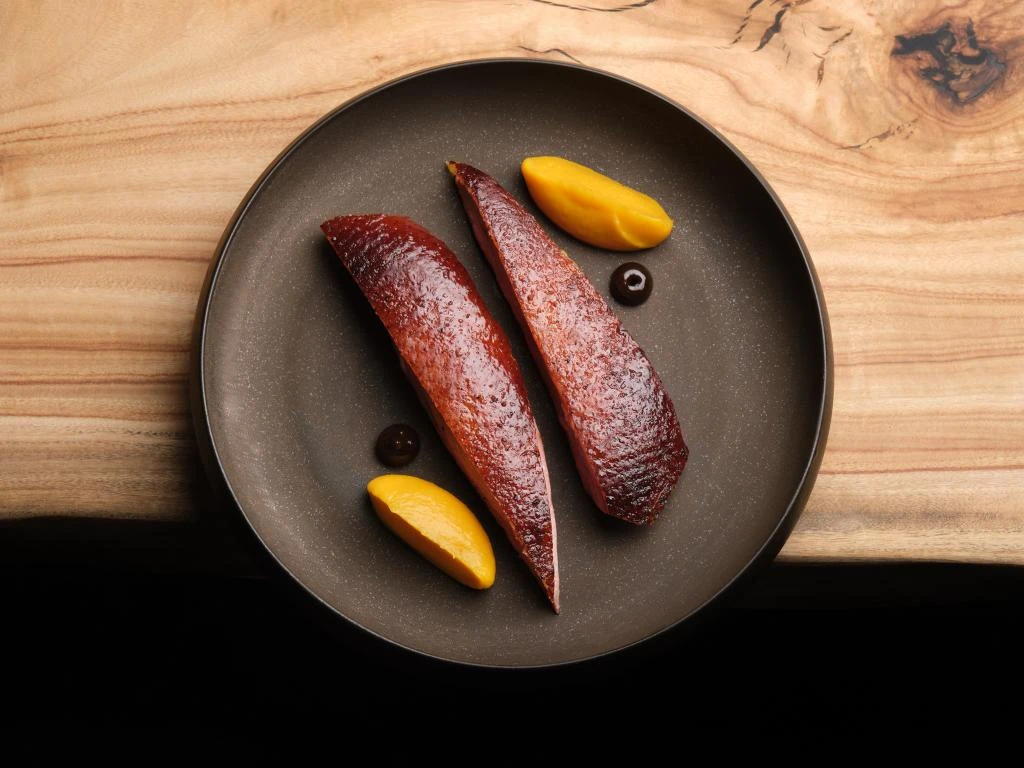
In its newest iteration, the traditional fixed degustation format is swapped out for family-style courses to reflect the change in consumer expectations for fine-dining quality in a more approachable setting. “Ever since its conception, Roganic has been evolving so it made sense to us to try something new when we decided to move to Lee Garden. We chose to focus on sharing as it reflects a trend towards a more inclusive dining experience, allowing guests a broader range of options to suit various preferences and appetites. We were seeing a call for more casual sharing concepts and so we adapted our offering to suit this need. With the introduction of our new sharing set menu format, we aim to give guests the flexibility to choose both their dishes and drink options, whether opting for an alcoholic or non-alcoholic pairing or a mix of both for their unique culinary experience,” explains Rogan.
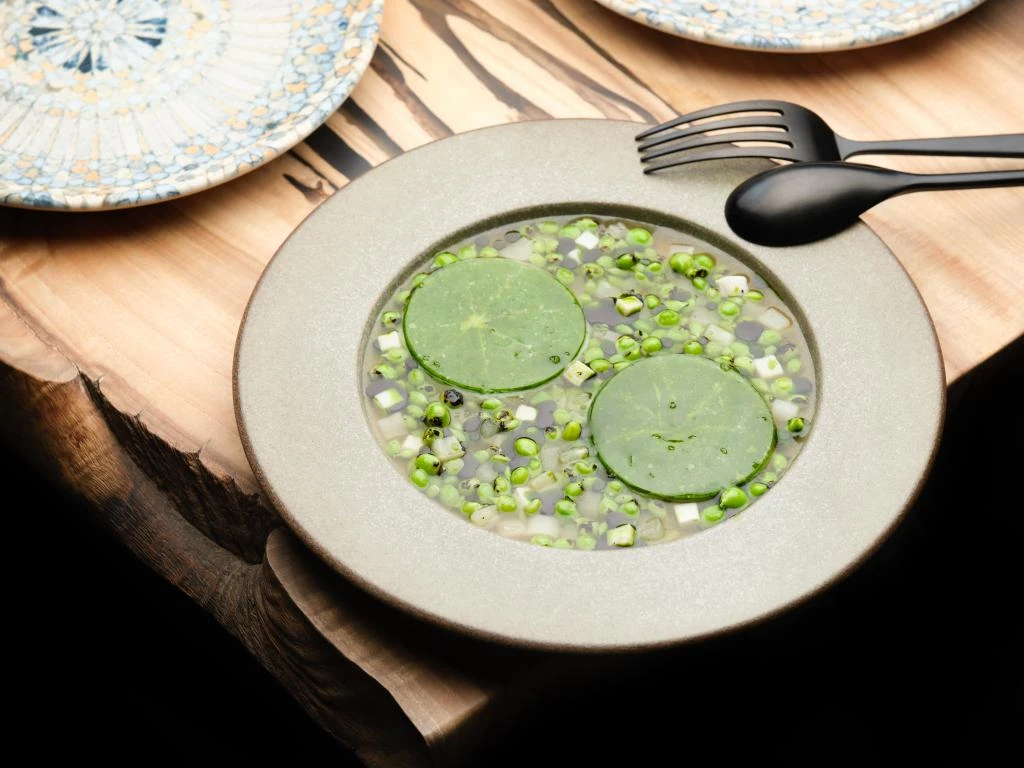
As with Roganic 1.0, sustainability is embedded in every dish – all newly crafted for Roganic 2.0. The produce that powers the cooking is used in the height of its season and locally sourced from the restaurant’s network of trusted growers and farms built over the past years. Each ingredient as much as possible is used in its entirety, from skins and seeds to tops and tails, to avoid food waste. Take Rogan’s favourite: dry-aged Guangdong duck is brined and roasted on the crown with 100 flower honey to tease out a crispy skin, served with a kabocha puree and blended prunes, and finished with a sauce made from roasted bones and trim, and infused with vanilla, lapsang souchong tea and lime. On the side, the braised leg of duck is layered with pickled walnut mousse, duck fat crumbs and grilled brassicas dressed in a kale dressing. “It’s perfect for sharing and embodies our mentality of utilising local ingredients in their entirety,” he says.
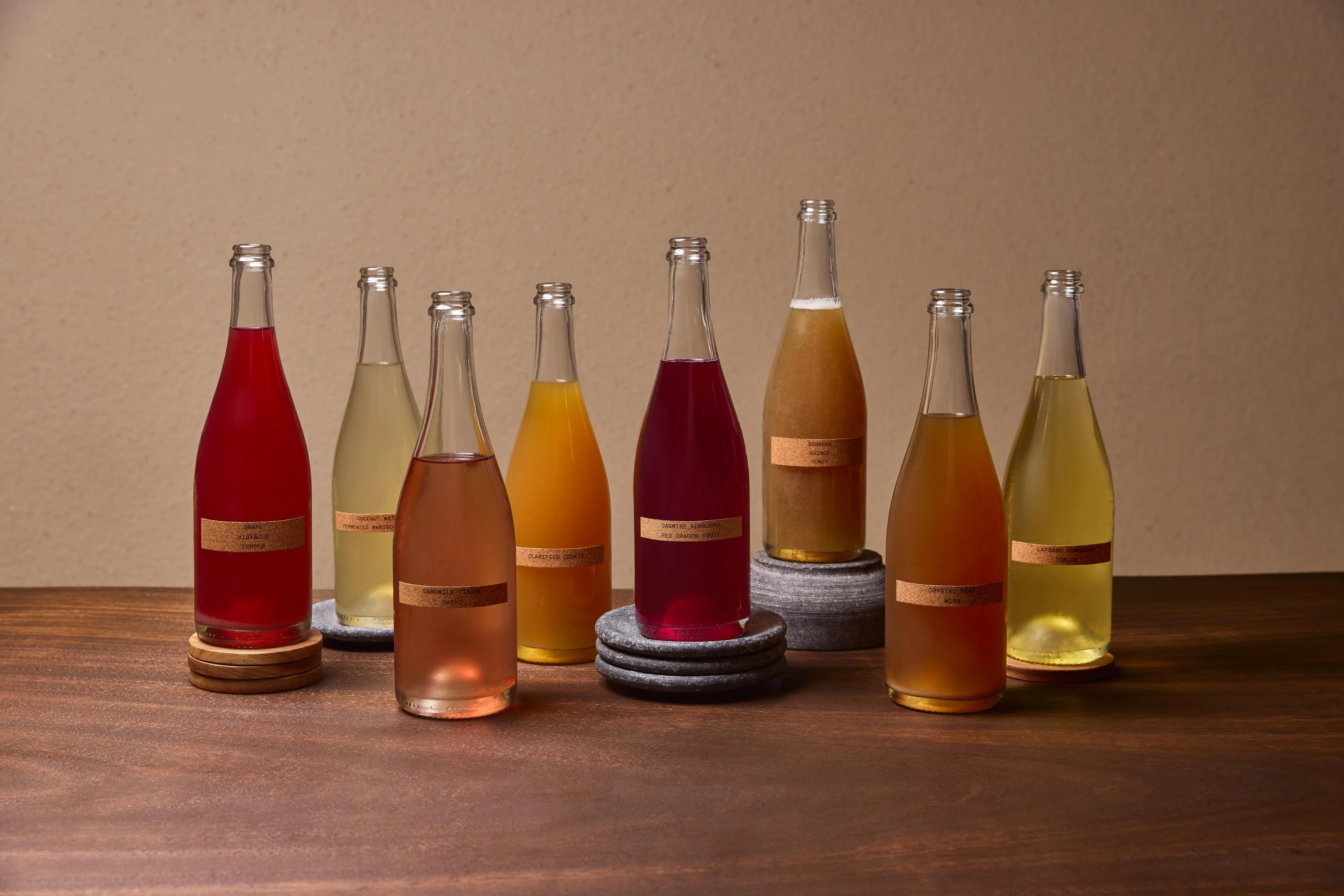
Other dishes of note include farmhouse tomatoes in perilla and coal oil with fermented pistachio and winter shoots; cured mackerel from Hainan with beetroots, hawthorn and dill; aged grouper in five flavours with white dragon sweetcorn, roasted bone and seaweed butter; and Hokkaido scallop with grilled Oscar peas, white asparagus, nasturtium and pea shell dashi. There are no fancy flourishes to be had here. Just deceptively simple, pared-down dishes of superior provenance, plated without fuss. But the simplicity is an illusion. Each dish calls for a great deal of prep in order to come out looking as if few things have happened. “The dishes may appear ‘simple’ at first glance, but each one involves intricate preparations and a focus on every individual ingredient, which our team has spent hours sourcing from only the best local growers and farmers, choosing only those that follow our ethos. In the kitchen, some even take days to prepare and are a celebration of the ingredients used, repurposing trimmings or lesser-known cuts so that we create as little waste as possible,” he says.

This zero-waste approach carries over to the non- alcoholic pairings. “Our main objective is to make the most of all the produce we use in the kitchen. Priscilla Tam, our assistant restaurant manager, works closely with Adam and the team to incorporate byproducts from our menu ingredients that would otherwise go to waste,” Rogan says. “For example, we create a lapsang souchong kombucha infused with tomato skins from one of the dishes to complement the lobster course. This results in a smoky kombucha with hints of tomato, providing a unique contrast to the richness of the lobster while matching the fruity, floral notes of the rosehip.”
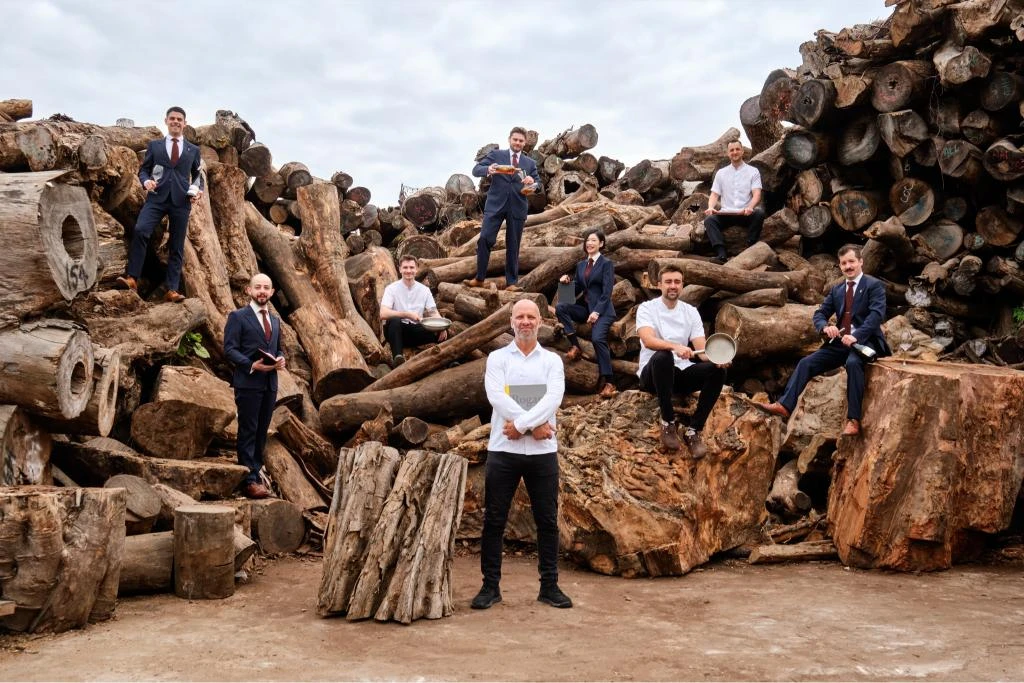
The work of award-winning local interior design firm Atelier E, all elements of the interior are based on the same ideology, rooted in the principles of “reuse, recycle, repurpose”. Sourced in collaboration with HK Timberbank, wood salvaged from locally felled trees, housing developments and typhoons make up the entrance panel, tables and iconic centre tree. Chairs are covered in fabric reclaimed from the restaurant’s previous home and the flooring is assembled from skillfully broken and reshaped marble tiles. The bar counter, meanwhile, serves as a canvas for local artist Eunis Cheung, who used recycled materials such as stone and discarded oyster shells to create a stunning and sustainable paint finish.
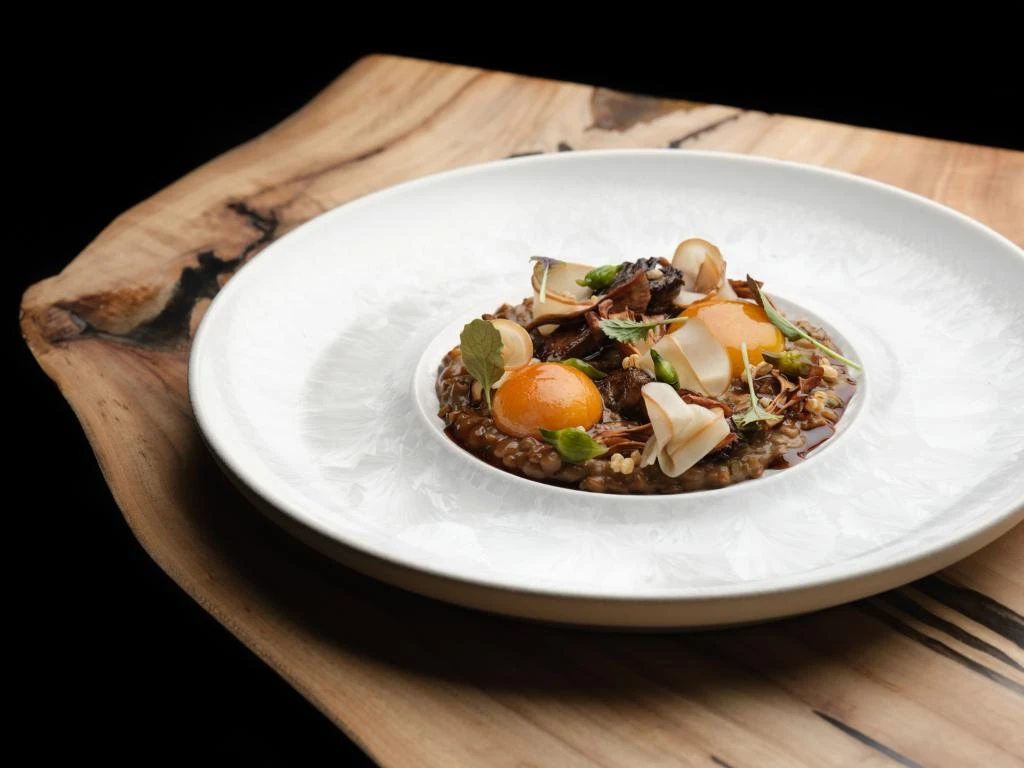
“At Roganic Hong Kong, sustainability is more than just a word – it’s the heartbeat of our operations. It’s about how we source our ingredients, reduce waste, interact with our community and our surroundings, and make a meaningful difference in the environment and society, which stems back to my flagship restaurant L’Enclume in the Lake District,” Rogan explains. “Our goals are centred around deepening our commitment to sustainability and zero waste. We are committed to pushing the boundaries of what a sustainable restaurant can accomplish, not just within Hong Kong but also to serve as a model for the global restaurant community. Our focus is on leading by example in creating a dining experience that is not only exceptional but also environmentally conscious, setting a new standard in the industry.” A mighty undertaking, but one Rogan is more than capable of achieving.
Also see: Michelin-starred chef Junichi Yoshida launches Tingara at Intercontinental Danang





